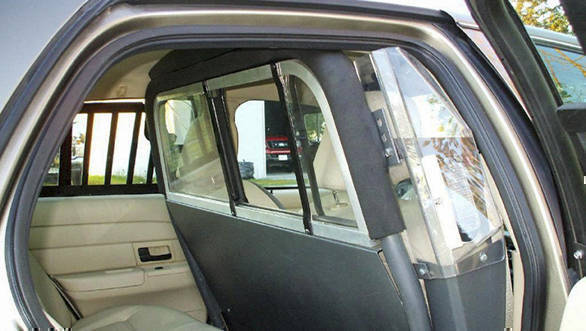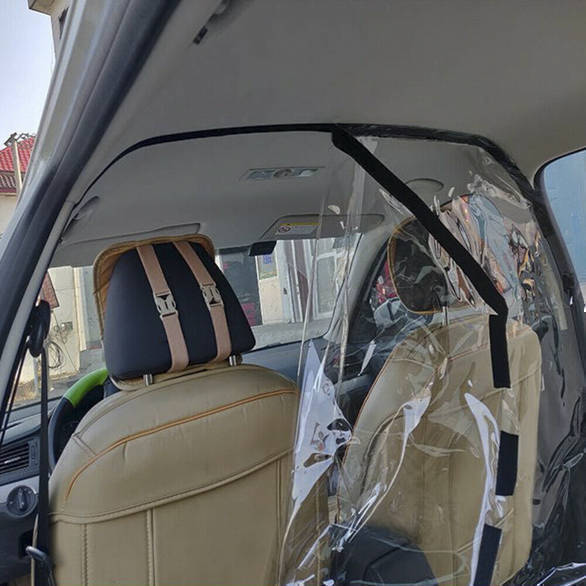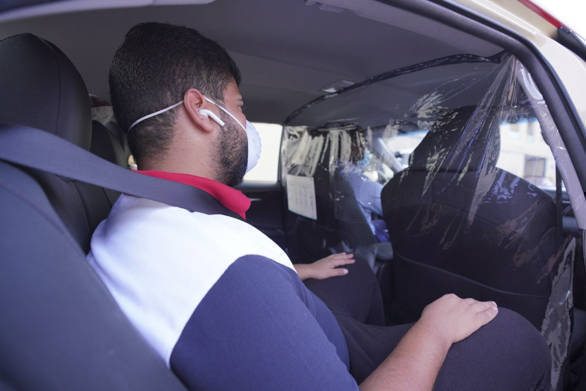COVID-19 and social distancing in a vehicle
All indications are the lockdown will be partially lifted in stages. While it's doubtful if public transport like trains and planes will be operational any time soon, it's possible that taxis and ride-sharing companies like Ola and Uber will be permitted to ply on our roads soon, because so many livelihoods depend on them. But before they return they will be well advised to take some steps to improve the sanitising and social distancing in their vehicles. Maybe the government can also frame a few regulations.
 A partition between the front and rear seats is good way to practise social distancing in a vehicle
A partition between the front and rear seats is good way to practise social distancing in a vehicle
For example I think it will be a very good idea for all taxis (including the ride hailing ones) to have a partition between the front and rear seats like you find in the London cabs or in limousines. Such a partition should be mandatory and is not difficult to make and can be retro-fitted fairly easily. Our local workshops are very inventive and if a design or image is circulated via social media platforms like WhatsApp, it will be fairly easy for them to fabricate such partitions.
 Such plastic partitions are easy to make and can even be fixed with Velcro
Such plastic partitions are easy to make and can even be fixed with Velcro
The partition can be made from acrylic or even a thick and washable plastic or polyester fabric. It can be fastened to a metal, wood or plastic frame (or a one that is a combination of all three) and this frame can be fitted between the front and rear seats. This would be like a semi- permanent and more secure installation, but a quickfix solution where the partition is placed between the front and rear seats with Velcro is also possible. A driver of an e-rickshaw somewhere in Bengal has already made multiple partitions on his vehicle with tarpaulin sheets normally used for waterproofing!
 Such a temporary partition is ideally suited for taxis and ride-sharing cabs like Ola and Uber
Such a temporary partition is ideally suited for taxis and ride-sharing cabs like Ola and Uber
Such a partition or simple splitter will divide the front and rear portions of the vehicle into two different sections, and will separate the driver from the passengers sitting at the rear, and hopefully protect both. All cabs should also have a hand sanitiser and alcohol based wet wipes which a passenger can use to wipe down the door handles, seats, and so on before getting in. Along with wearing of masks these precautionary measures could reduce the risk of virus infection while travelling in taxis. And some people who are chauffeur driven may like to adopt such measures in their private cars too.














